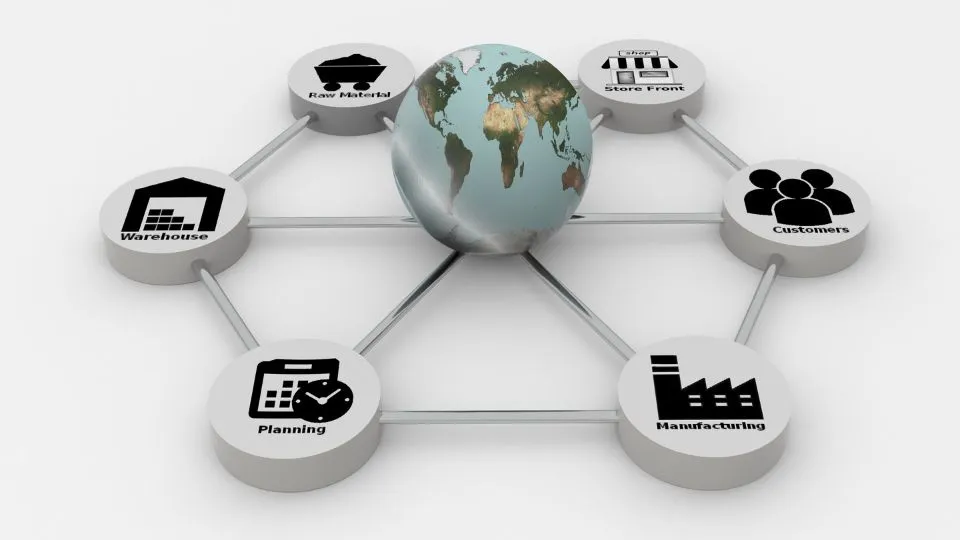MICRO SERVICES IN MULESOFT
Introduction To Micro Services: Why Is It So Important?
Micro services are gaining importance in enterprises of all sizes. Micro services can be conceptualized as a new way to create corporate applications, where applications are broken down into smaller, independent services that are not dependent upon a specific coding language.
In other words, development teams are able to use the language tools they are most comfortable with and still achieve synergy in the application development process.
Using the ideology of micro services, large complex applications can be divided into smaller building blocks of executables, that when recomposed offer all of the functionality of a large scale, highly complex application.
The most successful businesses now, e.g. McDonalds, Under Armour, Amazon, Tesla, and Netflix, are not only competing on the goods and services they sell, but also on their ability to be digital platforms, providing innovative ways of getting those goods, services, and experiences to customers at scale and in real-time.
They are able to do this by creating small services that compose themselves into processes that evolve independently, can be built as quickly as they are needed, and are optimized for change and reuse.
Adopting microservices allows organizations to achieve greater agility and realize lower costs, thanks to the inherent detailing and reusability of what constitutes a microservice.
A plethora of supporting technologies and ideologies have made the concept of microservice-based architectures a reality to businesses of any size, bringing agility and efficiencies to application development and deployment once deemed impossible.
While there’s widespread acceptance of these benefits, many IT teams are still in the dark as to how best to make the shift to micro services. Every organization is unique, so what works for one won’t necessarily work for another. For example, larger organizations with more legacy systems and siloed applications will have different needs than younger, smaller firms.
130-year-old Unilever, for example, created over 80 micro services to support its continued growth, allowing the company to connect its eCommerce applications to the various legacy systems that support its core operations across a global portfolio of brands.
Unilever is pairing its microservice architecture with API-led connectivity to drastically reduce development time for new eCommerce applications.
As a result, Unilever is able to deploy three to four times faster, proving that organizations with aging legacy IT and established cultures can gain major advantages from reengineering their applications around a microservices architecture if they use the right approach.
Things to consider by organizations when looking to build out their own blueprint for a micro services architecture
- Identifying the right tool for the job: It’s important to remember that a microservices architecture might not be the best fit for every application. If an organization, for instance, relies heavily on a legacy ERP application that has supported critical business processes for decades, then it should make sure the rewards of switching to a microservices approach outweigh the risks of keeping the legacy application in place.Just as organizations get the most from the cloud by identifying which workloads will benefit most from moving out of an internal data center, they must ask the right questions to determine whether the benefits outweigh the risks of reengineering established applications.
- Managing microservices with APIs:By their nature, microservices grow rapidly. So at a large scale, organizations could find them just as, or even more, unmanageable as the rigid applications they’re designed to replace.As a result, it is vital to consider how microservices will be managed as large numbers of small teams build apps and access business-critical systems and data on a regular basis.One way to manage microservices effectively is through well-managed APIs, given each microservice exposes a managed API endpoint.The end result: Developers and lines of business users can innovate quickly while central IT maintains the right SLA, governance, and security.
- Connecting to legacy and SaaS apps:For larger organizations with more legacy systems and SaaS applications in place, it’s also critical to identify how these systems can be integrated with microservices.Again, API-led connectivity provides an ideal solution to avoiding the astronomical costs that would result from building point-to-point integrations.Unilever took this approach to create an eCommerce platform that unified its portfolio of more than 400 brands on a common operating model. Using API-led connectivity, Unilever created an application network to connect the platform’s multiple tools–including NetSuite, Demandware, and Google Analytics, among others–and provide access to key on-premises systems such as SAP, which holds its product and customer master data.
Conclusion:
How INTECH Can Help?
We are one of the top MuleSoft software service providers with access to a large community of MuleSoft with Worldwide clientele.
Our MuleSoft certified and experienced developers assist you with End to End Functional, Design, Development, Implementation, QA, and Support services for MuleSoft.
We have a wonderful track record of successfully delivering Mulesoft integration services, and scoring happy clients.









